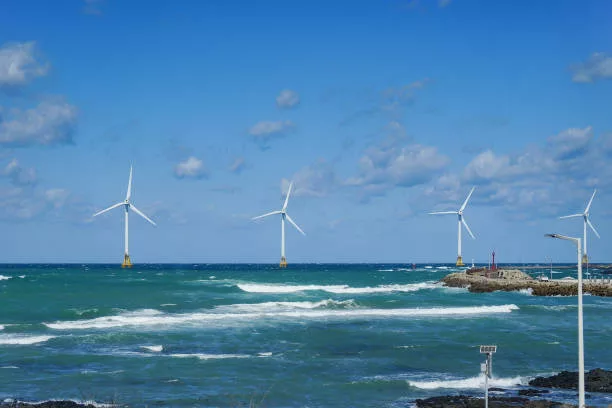The U.S. is setting an aggressive course towards harnessing wind energy with a new offshore wind leasing program unveiled by Secretary of the Interior Deb Haaland during a conference in New Orleans, Louisiana. This gripping five-year plan promises to galvanize the industry by proposing up to 12 offshore wind energy lease sales through 2028—a significant stride that signals the nation’s commitment to renewable energy.
A Detailed Look at the Offshore Wind Energy Leasing Timeline
The schedule, orchestrated by the Bureau of Ocean Energy Management (BOEM), is poised to intersect various strategic locations across the American seascape, including the Atlantic, the Gulf of Mexico, the Pacific, and adjacent to U.S. territories. With four potential lease sales slated for 2024, followed by one each in 2025 and 2026, two in 2027, and another four in 2028, the blueprint lays out an ambitious path forward.
Sweeping Advances in Offshore Wind Projects
The Department has been periodically breaking new ground since the inception of the Biden-Harris administration. Eight commercial-scale offshore wind projects have acquired a green light; record-setting auctions have been held in areas like offshore New York and the inaugural Pacific and Gulf Coasts sales. Furthermore, emerging Wind Energy Areas are being conceptualized in locales such as Oregon, the Gulf of Maine, and the Central Atlantic. These pioneering efforts have amassed approvals for over 10 gigawatts of offshore wind energy, translating to a significant boost in powering American homes.
Building a Robust Offshore Wind Industry
Secretary Haaland championed the BOEM’s efforts, emphasizing how the administration actively fostered the offshore wind industry’s growth, overcoming delays encountered in previous years. She highlighted the importance of these renewable energy projects in mitigating climate change, lowering consumer costs, fostering job creation, and ensuring equitable economic opportunity for all communities. In essence, the leasing schedule ensures a predictable progression for developers and stakeholders to enhance offshore wind supply chain and manufacturing ventures.
BOEM’s Forward-Thinking Approach
BOEM Director Elizabeth Klein articulated her vision of keeping the stakeholders informed and involved through a consistent release of the leasing schedule. Such an approach not only underscores the administration’s commitment to a sustainable renewable energy portfolio but also supports the involved parties’ strategic planning efforts.
The Broader Impact of Bidenomics
The unveiling of this program is a testament to the Biden-Harris administration’s broader economic philosophy, Bidenomics, which champions growth “from the middle out and the bottom up.” By integrating this philosophy with infrastructure rebuilding and clean energy investments, the U.S. is primed to create jobs and transition vigorously into a clean energy future.
What’s Next for the Offshore Wind Leasing Schedule
Looking onwards, BOEM continues its collaboration with a variety of agencies, task forces, and governments to expedite this initiative. By symbiotically working with stakeholders, the agency aspires to underpin state-led development of offshore wind roadmaps, integral to the holistic and multilayered proposal process for future offshore wind projects.

























